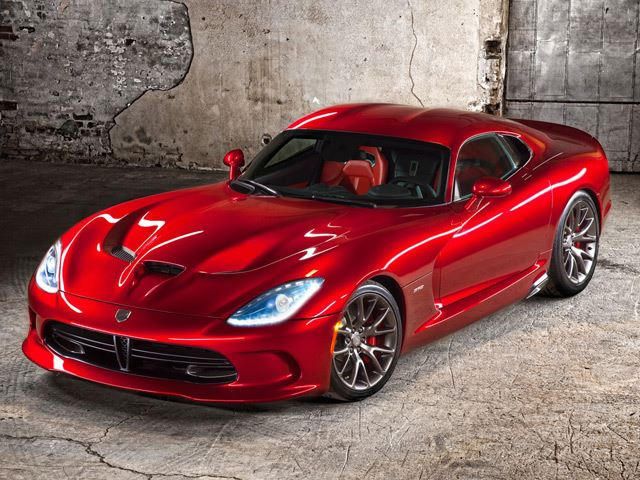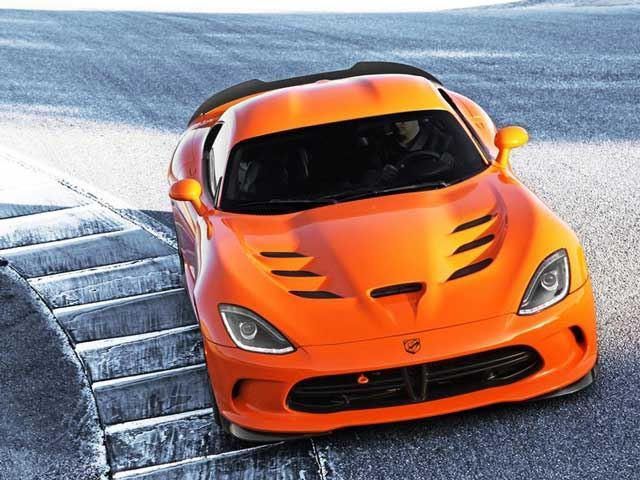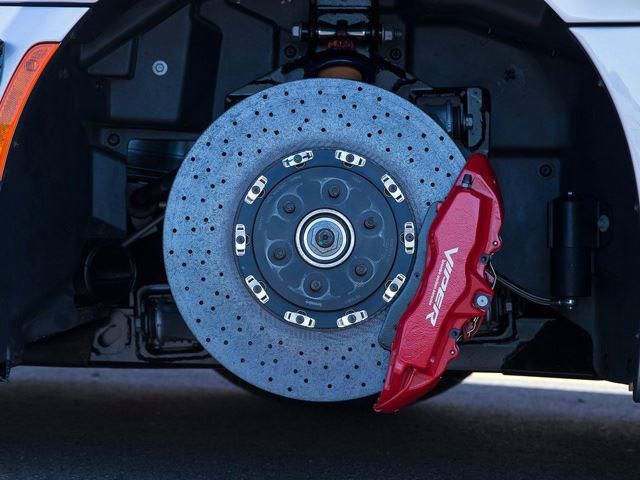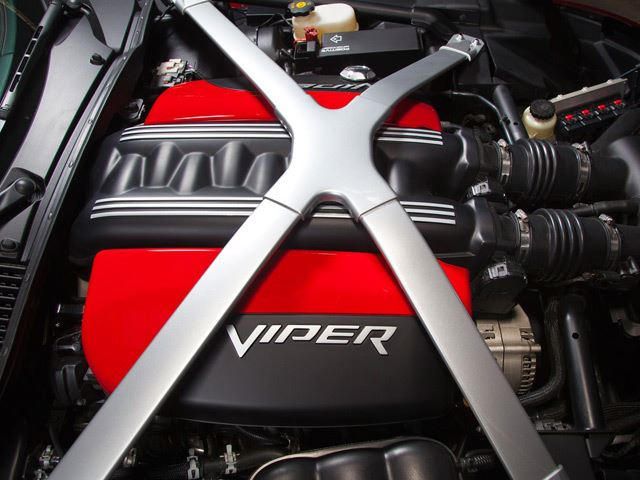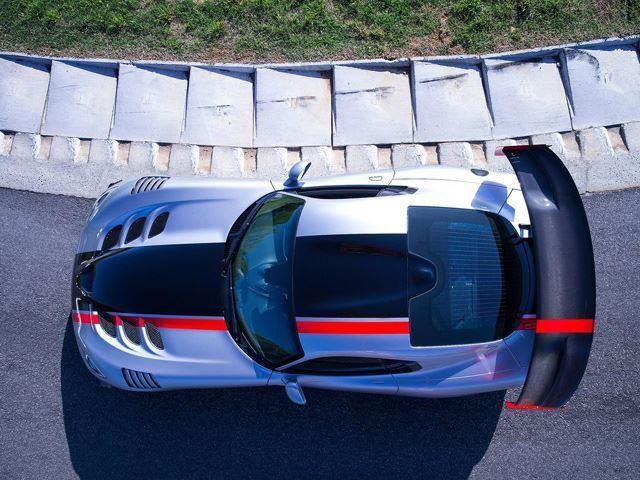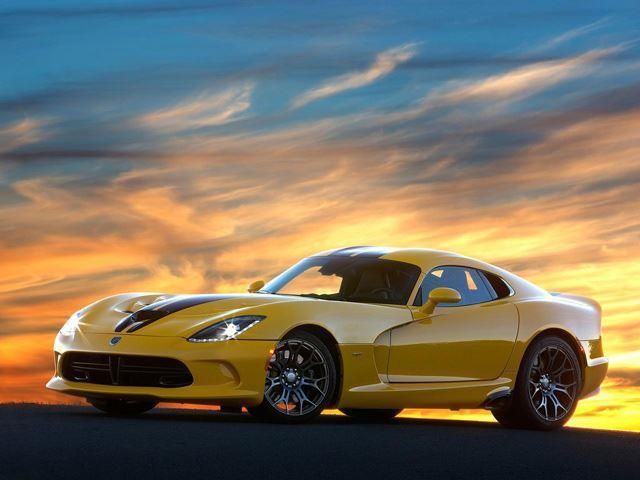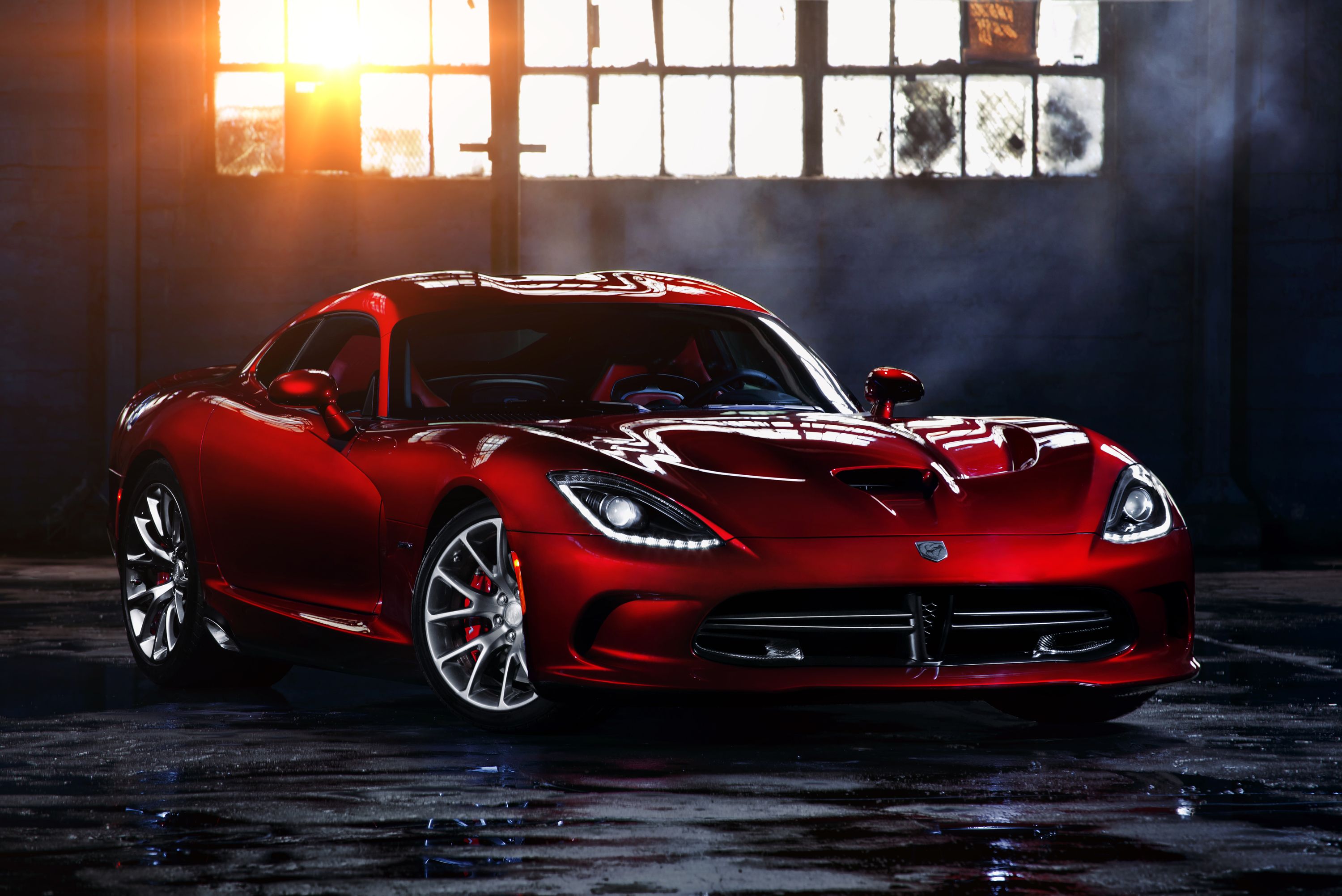
With Fiat-Chrysler formed in the wake of the 2007 economic meltdown, things were finally beginning to improve in Auburn Hills, Michigan in 2010. It was time to start building cars again, not those crap boxes that were being churned out under Ceberus Capital ownership. And what better way to announce that a new era was underway than freshly-installed CEO Sergio Marchionne giving the order for a reborn Viper? 2010 was the last production year for the outgoing generation, and no 2011 model was planned. But why was that?
SRT CEO Ralph Gilles and his team needed time to define goals and gain customer feedback as to what the 2013 Viper needed to be. To dispel any rumors, Gilles publicly announced the new Viper in 2012, stating that it won't be "based on anything else." Point being was that the last Viper would serve as the starting point, and no other platform would be considered. The V10 would remain along with other Viper hallmarks: a long hood and a rearward cabin. The problem with the previous Viper, among other things, was that it lacked many driving aids that had since become commonplace on competing sports car. Gilles intended to fix that.
"I want the new Viper to be a more forgiving car to drive and accessible to more people. We've never had stability control on a high-performance car, which is about to happen on the new car." A prototype was built and shown exclusively at the Viper Owners Invitational in September 2010. Gilles wanted feedback from these enthusiasts, mainly about the new exterior styling. A year later, Dodge announced the all-new Viper would premiere at the New York Auto Show in April 2012. And so it was. The 2013 SRT Viper made its official debut in the Big Apple to an enthusiastic welcome. The Viper was back and it looked absolutely incredible.
Not only was its curvaceous styling, according to Gilles, inspired by "a naked woman on the beach," it was also a return to a look that more closely resembled the original Viper. Yet the biggest changes occurred beneath that new skin. Power came from an 8.4-liter V10 rated at 640 hp and 600 lb-ft of torque. The sole gearbox, of course, was a six-speed manual. The body had a 50 percent improvement in torsional stiffness over the previous car, and some modern tech driving aides were added, specifically electronic stability control and traction control. Anti-lock brakes were standard once again. This new tech made the Viper not only more competitive, but also a better all-round vehicle for both road and track.
There was also a new composite intake manifold with longer runners and a lighter aluminum flywheel that cut weight even further and, in turn, built revs faster. All told, the V10 lost about 25 lbs. Sodium-filled exhaust valves were added to help reduce engine temperatures. Other mechanical and technical features included a carbon-fiber and aluminum body with an improved drag coefficient, and 4-piston Brembo brakes. Bi-xenon projector headlamps with that slick LED turn signal strip and LED taillights with integrating stop-and-turn illumination were other cool touches. But the Viper's biggest leap forward in refinement was most evident when stepping into the cabin.
Gone was all of that cheap plastic, replaced with soft-touch materials. Ergonomics were also simplified and very nicely laid out. The seats in particular, now covered in optional premium leather, were more comfortable, better bolstered, and mounted an inch lower allowing for more headroom. The central tunnel was also lowered, which in turn gave the shifter a more natural position for drivers. Cabin heat was reduced but those side exhausts returned which, in typical Viper fashion, burned lower human legs. Performance was also quite something: 0-60 mph in 3.4 seconds, a standing quarter-mile time of 11.7 seconds, and a top speed of 206 mph. All told, the Viper weighed in at 3,350 lbs, with a 49.6/50.4 front/rear weight distribution.
Bottom line: everything was state-of-the-art while making sure it remained a proper Viper. Two trims were offered at launch, base and the more luxurious GTS. In 2014 the Viper TA was revealed for track enthusiasts. The Viper ACR returned and, as we've just learned, spent last year crushing 13 track records. Despite all of that, sadly, the Viper's future is looking bleak once again. After 2017 the Viper production plant will close. No immediate successor has been announced. Why? Perhaps it's because few want to pay over $100,000 for a Viper (sales have been pretty bad), especially when there's the more powerful and less expensive Challenger SRT Hellcat. So will 2017 be the final year of the Viper?
Based on what we know right now, yes. However, we're hearing a rumor that Dodge is considering adding a supercharger to that V10 as a way to surpass the Challenger Hellcat's 707 hp. That could be the best goodbye present possible, making sure the Viper goes out at the top of its game. Either way, it's been one hell of a ride since that first-gen Viper was revealed way back in 1991.

